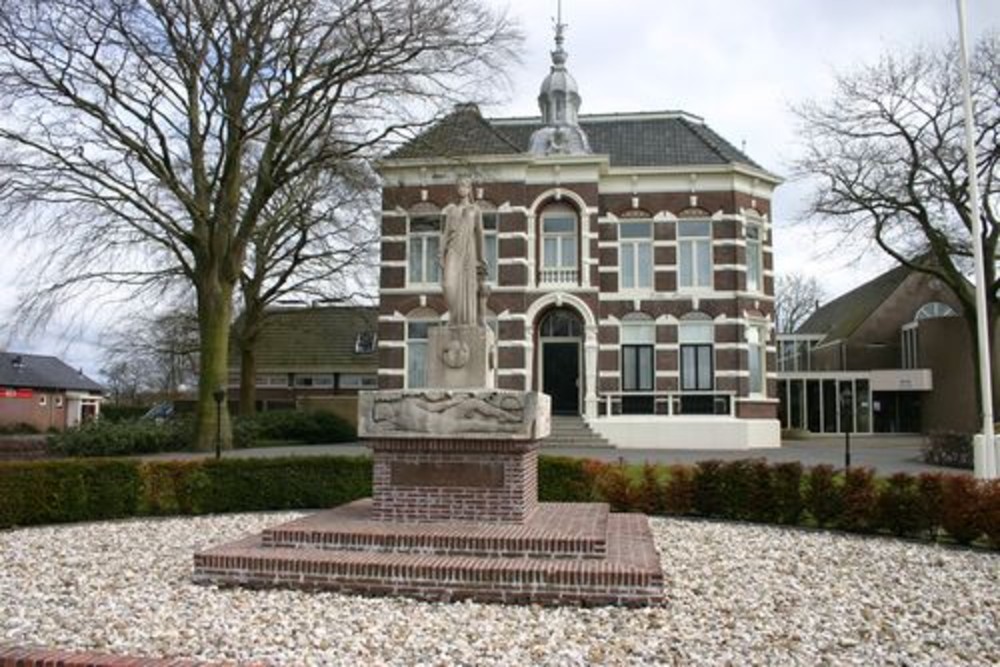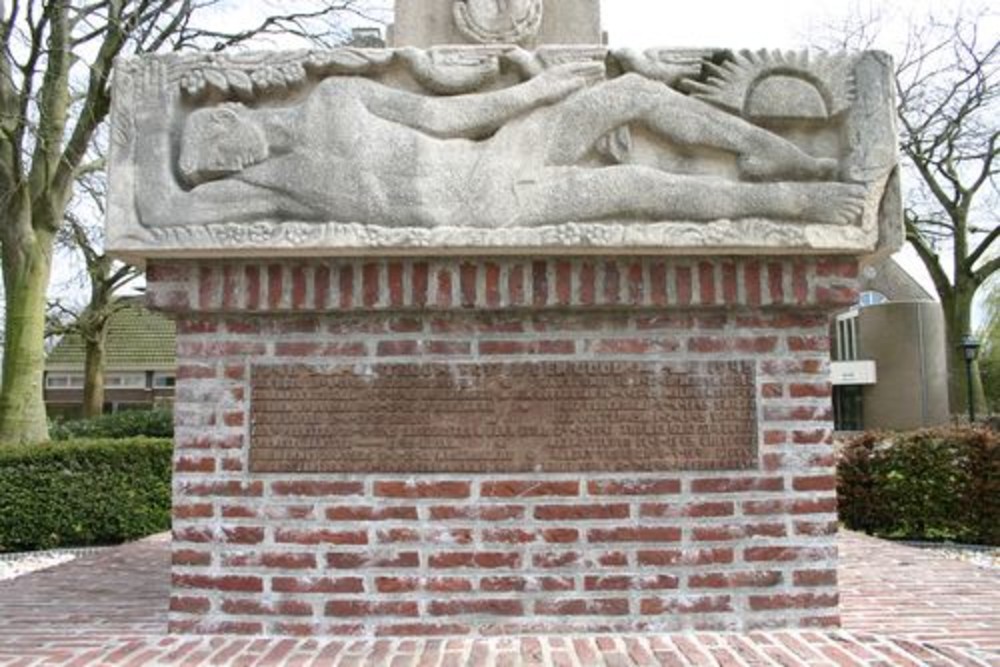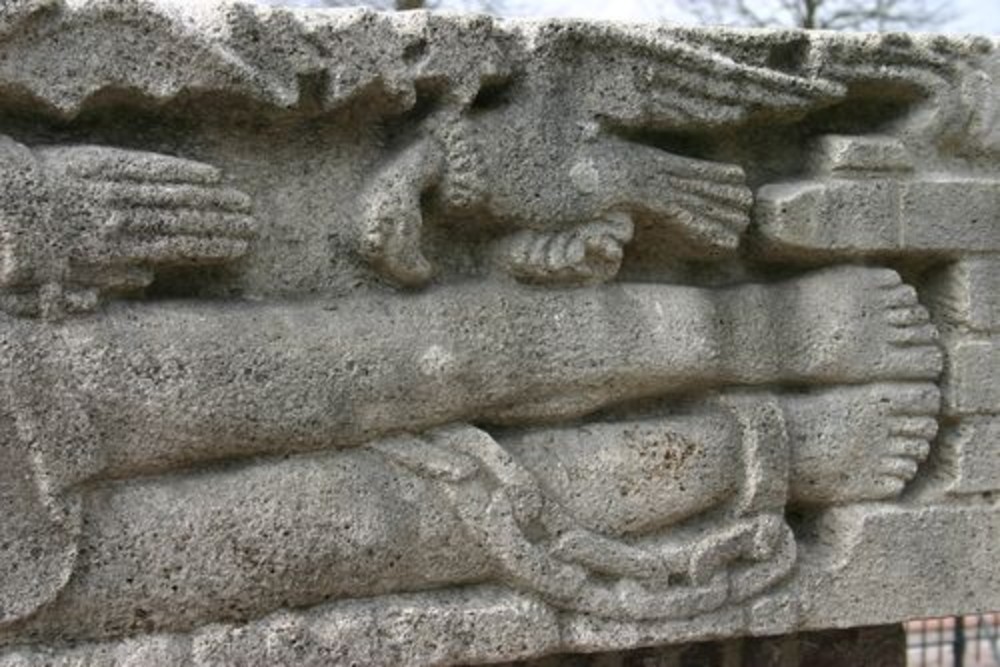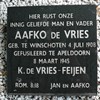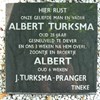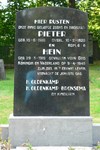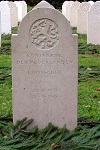Resistance Memorial Smilde
The resistance monument was erected in memory of sixteen resistance fighters who fell in the struggle for freedom and justice during the years of occupation.
The sixteen victims are:
Jan Boer, Johannes Bosscher, Willem Bruggink, Jan Eleveld, Auke Feenstra, Cornelis Janssen, Hermanus Janssen, Markus Janssen, Jan Ludwig, Jan Offereins, Hein Oldenkamp, Jan Oosterwijk, Derk Slink, Arend Tibben, Albert Turksma and Aafko de Vries.
The Knokploeg and the shock troops of the Dutch Interior Forces played an important role in the liberation of Smilde and the battle for the bridges.
The statue depicts the Dutch virgin on top. She picks flowers from a young tree in memory of the victims. The side surfaces of the pedestal depict four scenes that symbolize the freedom of expression, namely: hearing, speaking, writing and reading.
The four reliefs symbolize the flight of peace from the enemy, the sign of freedom, the struggle of resistance and the sacrifice with the arrival of freedom regained.
The first relief depicts the German invasion of May 1940 in a symbolic way. From the hand of a female figure, a dove (peace) flees from a snake (the occupier).
The second relief depicts a chained male figure (the oppressed), surrounded by a vulture and bats (attributes of darkness). The man professes his allegiance and hopes that the dawn of victory (represented by a dove and a wreath) will one day come.
The third relief symbolizes resistance. A male figure (a resistance fighter) goes down in the battle with the snake (the occupier), fighting for the future (depicted by a sunny child with flowers).
On the fourth relief, the warrior has fallen and the sacrifice has been made. But the heralds of the dawn are already on their way (symbolically represented by a rising sun with birds). The sword of justice prevails.
Do you have more information about this location? Inform us!
Source
- Text: Bert Deelman
- Photos: Bert Deelman
- Nationaal Comité 4 en 5 mei
Nearby
Museum
- Stoottroepenmuseum - Johan Willem Frisokazerne - Assen
- 7.2 km
- Nationaal Gevangenismuseum - Veenhuizen
- 10.5 km
Point of interest
- Veenhoopsbrug Smilde - Smilde
- 1.5 km
- Bomb Craters Zuid Hijkerzand - Hijken
- 6.1 km
- Bullet Holes Hoofdstraat 5 - Hooghalen
- 7.2 km
Monument
- Jewish Memorial Smilde - Smilde
- 0.6 km
- Memorial Dutch East Indies and Korea - Smilde
- 0.6 km
- Memorial Anje Lok - Ravenswoud
- 4.8 km
Cemetery
- Dutch War Graves Smilde - Smilde
- 1.1 km
- French War Graves Smilde - Smilde
- 1.1 km
- Dutch War Graves Cemetery Bovensmilde - Bovensmilde
- 3.1 km
Remembrance Stone
- Stumbling Stones Hoofdweg 16 - Smilde
- 0.1 km
- Stumbling Stones Kanaalweg 10 - Smilde
- 0.1 km
- Stumbling Stone Kanaalweg 44 - Smilde
- 0.6 km
Fortification
- German Antitank Ditch Assen - Assen
- 6.2 km
- German Anti-tank Ditch Zuid Hijkingerzand - Hijken
- 6.3 km
- Remains German Anti-tank Ditch Hoogersmilde - Hoogersmilde
- 6.6 km
